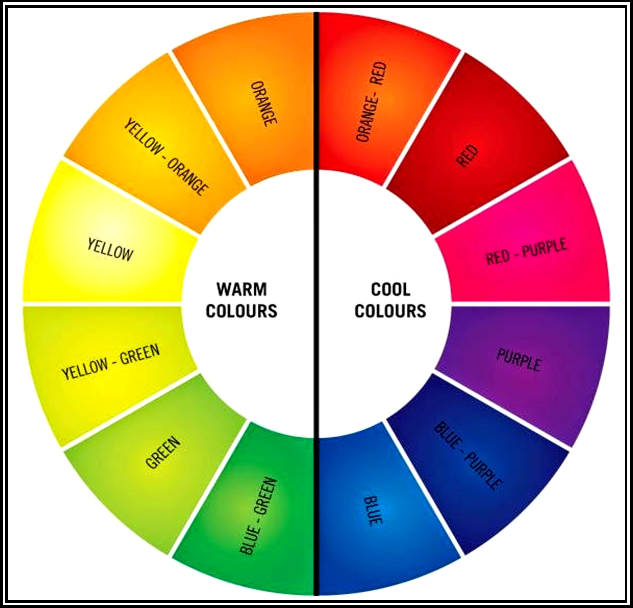Choosing A Color Palette For Your Home
One of the joys of building a custom home is that you are in complete command: You get to choose the products and fixtures to create a livable space that reflects your personality and lifestyle. Everything from kitchen tile to the color of your garage door is under your control.
For some people, that might be a bit too much. At Design Custom Homes, we’ve been building people’s dream homes since 1995, so we know the tell-tale, glazed-over look of someone who is suffering from decision fatigue . It often comes near the end of the process, when it’s time to start thinking about what colors you’ll paint your interior walls.
Many people give up and paint their homes without a plan, but this can lead to color clashes and an underwhelming end result. Luckily, choosing a color palette for your home doesn’t have to be an ordeal, and you don’t have paint everything white. Here are tips for choosing colors that work together as you move from room to room.
Color Theory: Take Your Temperature
As you may remember from middle school art class, all colors (except black) can be sorted into warm and cool categories . Warm colors are red, orange and yellow shades, while cool colors are blues, greens and violets. But even so-called neutrals like brown, grey and beige can lean to either side. A warm white, for example, is one with a hint of yellow in it to make a buttery cream color, while a cool white has blue undertones that give it a grayish cast.

Warm colors make your walls appear to move toward your eye, so they’re great choices for making large spaces feel cozier. For example, a pale yellow or warm tan works wonders on that cathedral ceiling in your great room to make it a more comfortable place for the family to kick back together. By contrast, cool colors make the walls appear to recede, so they work well in places you want to feel bigger: Powder rooms, closets and low ceilings all benefit from cooler shades.
Consider the Whole
It’s best to decide on your home’s color palette all at once if possible so you can purchase the paint from the same manufacturer and be assured of perfect color matching — years from now, the exact mix of your favorite color could be ever-so-slightly different. Start with the color you love best for your main room; then choose shades for trim and adjacent rooms by holding the paint chips together in your hand. If you can see from one room into another, make sure the paint colors for both look just as great together as they do apart. Choosing all your colors at once will guarantee that your house functions as a cohesive whole instead of a bunch of visually distinct rooms that don’t relate.
For more great advice about building the home you’ve always wanted, contact Design Custom Homes today !
